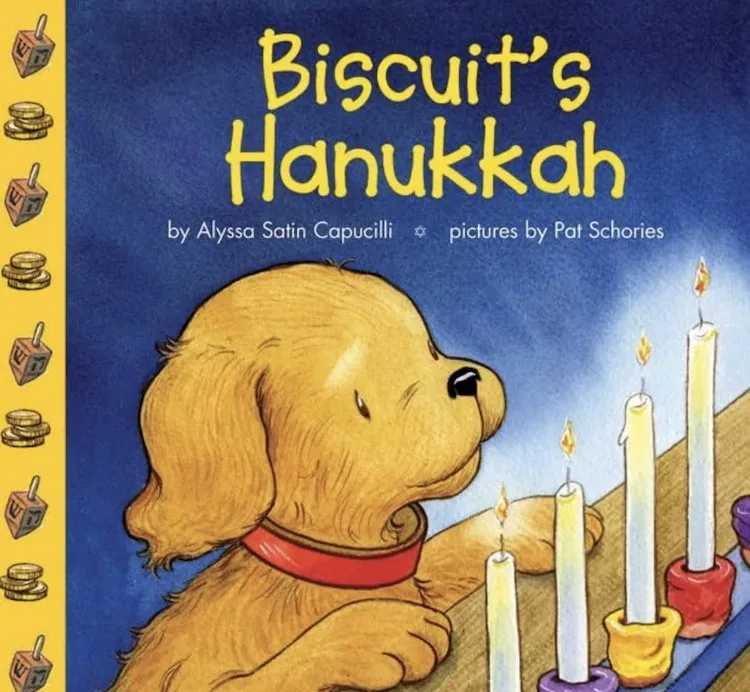Today the Metropolitan Transit Authority officially announced its proposals for the fare and toll hikes that are planned for March.
The agency said that the increases will bring in “vitally needed revenue to support the New York region’s transportation system.”
The MTA is considering four options that would increase bus and subway rides.
On October 10, the New York Daily News published those options ahead of time. Though the MTA would not confirm whether those were its actual proposals, the ones it revealed today did reflect the ones the paper released.
Two options keep the base fare at $2.25; the other two raise it to $2.50.
If the base fare stays the same, the cost of a weekly unlimited MetroCard would go up from $29 to $34 and the monthly from $104 to $125. The seven percent discount for every $10 put on a MetroCard would be lowered to five percent.
The second option would raise unlimited rides to $32 and $119, but eliminate the discount.
If the MTA raises the base fare to $2.50, then straphangers would keep the seven percent discount, but pay more for an unlimited MetroCard ($30 and $112).
The final option would keep weekly unlimited MetroCards at $29, and only increase the monthly by $5, but the base fare would be $2.50, and there would be no discounts.
There are also four proposals for express buses. Again, two would keep the base fare, which is currently $5.50, and the two others would raise it 50 cents. The options would also have similar trade-offs for MetroCard discounts and unlimited rides.
Most of Long Island Railroad and Metro-North tickets would go up by 8.19 to 9.31 percent, said the MTA.
These hikes would be the fourth increase in five years for subway, bus and commuter rail fares and that is one too many said public transportation advocacy group, the Straphangers Campaign, following the MTA’s fare proposals announcement.
“Blocking or reducing the fare increase is possible, if we get more help from Albany,” said Straphangers spokesperson Gene Russianoff. “One promising plan is to generate new revenue by both raising and lowering tolls on city bridges and tunnels in line with where there is the most and least congestion.”
The proposals that the MTA announced Monday would raise the tolls for many area bridges and tunnels. Though E-ZPass customers would still pay less than other drivers, everyone will be paying more.
Those increases include raising the tolls for the Queens Midtown Tunnel, Robert F. Kennedy Bridge, Throgs Neck Bridge, Bronx-Whitestone Bridge and the Brooklyn-Battery Tunnel from $4.80 to $5.30 for E-ZPass holders and from $6.50 to $7.50 for other drivers.
Tolls for the Cross Bay Veterans Memorial Bridge would go up between 12 and 33 cents, depending on whether the driver has an EZ-Pass or is a Rockaway resident.
In November, a month before the MTA votes on how it’s going to raise tolls and fares, the agency is letting the public weigh in on the options in a series of public and video forums. It is also accepting public statements via email and regular mail.
“The public will have significant input into our decision-making process. In the spirit of transparency, the public will assist in shaping our fare policy,” said MTA chairman and CEO Joseph J. Lhota. “These proposals have been designed to balance our need for revenue with public involvement. We need to hear from the public. Feedback evaluating the specific alternatives we’ve put forward is particularly useful, but we value all our customers’ input, and we’ll consider changes to our proposals based on what we hear and read.”
































